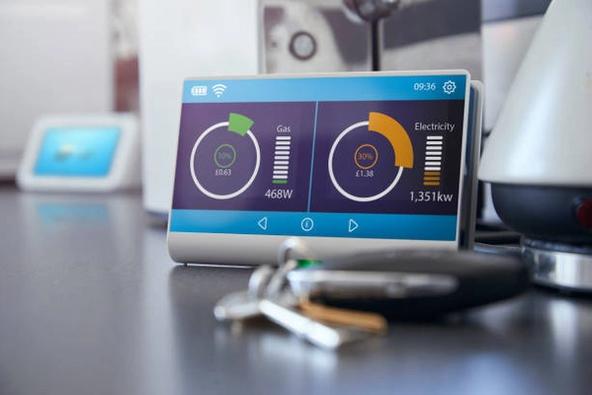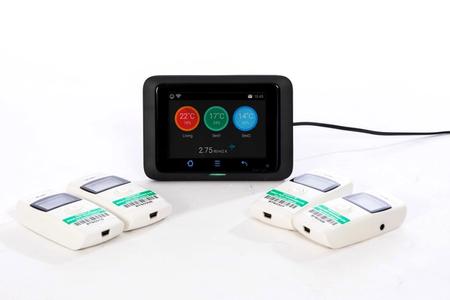What is SMETS?
SMETS stands for Smart Metering Equipment Technical Specifications and defines the technical standard that a smart meter must conform to. To date, there have been two SMETS standards, SMETS1 and SMETS2.
SMETS1 refers to first-generation smart meters that sent data directly to the energy supplier so that they could provide accurate bills. SMETS1 meters would only work with the utility provider that originally installed it, meaning if you changed suppliers the meter would lose its "smart" ability and become a "dumb" meter again. However, continued development now makes it possible to swap suppliers and retain SMETS1 smart meter functionality.
SMETS2 are the newest generation of smart meters that use a centralised smart meter network (the Data Communications Company) to keep suppliers informed of meter readings. The SMETS2 roll-out is an ongoing programme to offer all households, who want one, a smart meter before 2024.
In-home display metrics
As well as sending meter readings to the energy supplier, smart meters are designed to help a homeowner be aware of their energy costs and save energy. In-Home Displays (IHDs) connect wirelessly to smart meters and are capable of displaying a wide range of information to the consumer, including:
- Current electricity consumption (in Watts)
- Daily, weekly or monthly gas/electric cost (in £)
- Daily, weekly or monthly gas/electric consumption (in kWh)
- Electric meter information, e.g. current reading (in kWh) and Meter Point Administration Number (MPAN)
- Gas meter information, e.g. current reading (in kWh or m3) and Meter Point Reference Number (MPRN)
What information is available depends on the particular manufacturer of IHD, with data typically updating every 10 minutes for electric use and every half-hour for gas usage.
Smart meter energy efficiency ratings
In partnership with Hildebrand, Build Test Solutions have developed and integrated our unique SmartHTC building performance metric and energy efficiency rating into In-Home Displays. Work was funded by the Government's SMETER programme to look at ways in which smart meter data could be used to enhance technologies that measure the thermal performance of homes.
SmartHTC uses half-hourly smart meter readings, alongside internal temperature readings from smart thermostats, to calculate a whole-house heat loss or Heat Transfer Coefficient (HTC). The HTC and heat loss parameter are a metric that indicates the overall thermal performance of a house and can be used by both energy companies and occupants to understand how energy efficient their home is.


